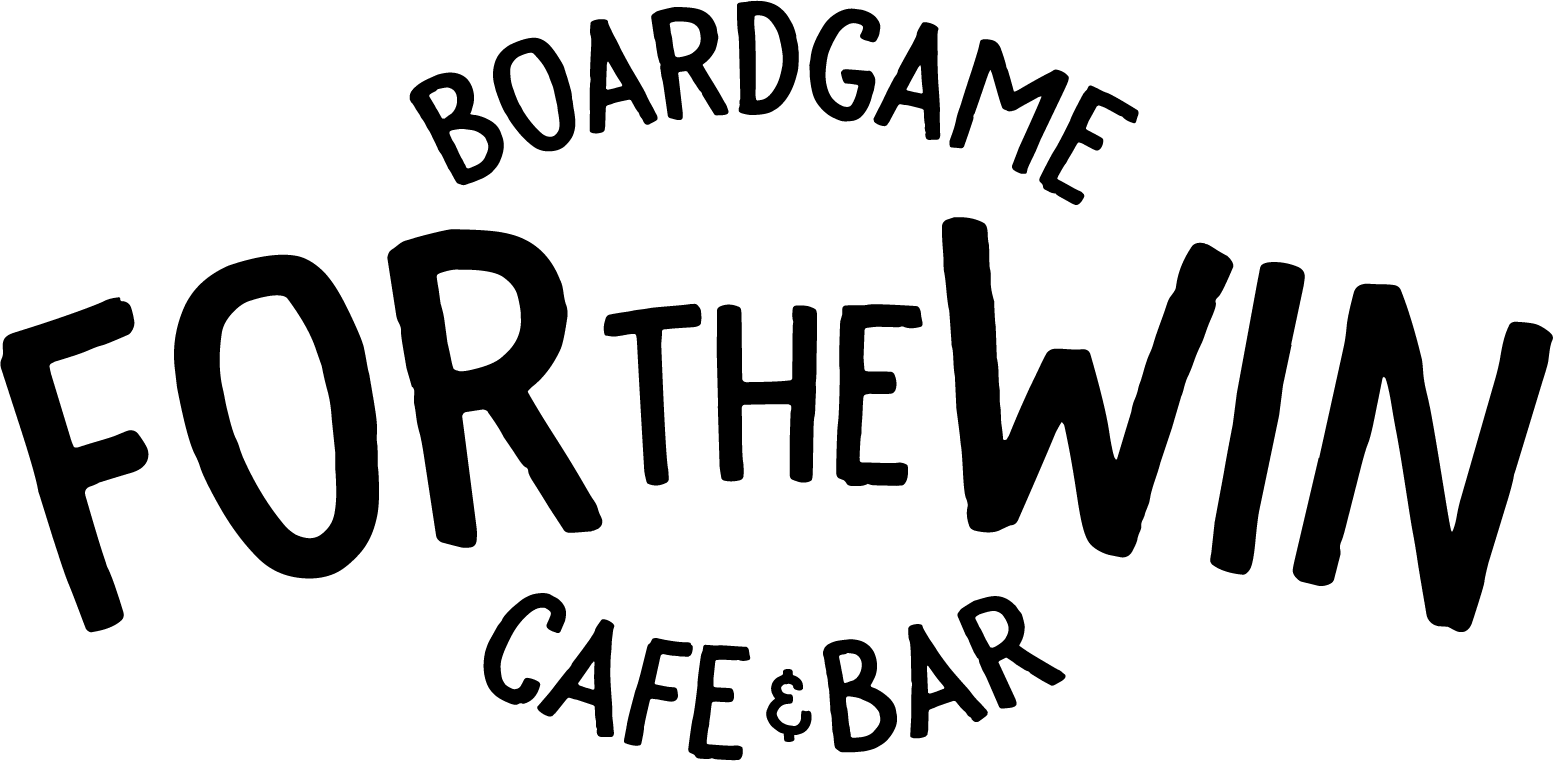How To Third Wheel
Look, no one likes to be a third-wheel and even moreso, no one likes to make a friend feel like one. But the reality is that it happens more frequently than you'd like and truthfully there's no shame in it. Unlike most dining environments, a board game cafe can be the perfect mediator between your significant other and your close friend. While most places showcase their best two-player games, we thought it would be helpful to put together some games that shine brightest in three's.
In order to determine what makes a game optimal with three players, we typically look at three key factors: confrontation, time between turns and impact on the end result of the game.
Confrontation
Not all gamers enjoy confrontation and a three-person configuration allows players to avoid almost all direct confrontation, while still maintaining a competitive feel. Two-player games force moves that could be seen as cutthroat. Try to look for games that discourage bullying the odd one out. Games like Seasons and Five Tribes promote competitive play in a more serene playing environment. Both games are prototypical 2 to 4 player games, but definitely feel at their best with 3.
Time Between Turns
Keeping players engaged at all points is important for any game. The highly competitive players will have no problem focusing on every aspect at every turn, but for others it can become a bit of a chore when a game's average turn time exceeds 10 minutes. And even moreso, adding additional players in a game without simultaneous turns will further extend the gap between turns.
A game like Smash Up starts to feel like a slog at 4 players, but with just 3 it reduces the downtime quite considerably. Even a cooperative game like Legendary that can go up to 5 players can feel more optimal when you keep things more intimate. It's annoying to see a Hero card you want pop-up, and not even have the chance at it because of too many players. Or worse, having your hand get attacked repeatedly by villains and having a useless hand when your turn finally arrives.
Impact on the End Result
Whether cooperative or competitive, a player always wants to feel like their are having an impact on the conclusion of the game. Once you add too many players, you can start to feel like you only lost because someone else played poorly allowing another player to win.
Two really great cooperative games like Hanabi and Pandemic give high importance to every player's role and turns in a three-player game. Extending beyond 3 causes impact to feel diluted, especially in Hanabi if you've been given nothing to work with. 7 Wonders supports all the way up to 7 players, but is hurt by the more you add. Warfare is calculated only by direct neighbours, meaning someone across the table could be dominating, by no fault of your own. And due to the drafting mechanic, you can only really "hate-draft" cards so far in advance.
Most party games are viewed as big group affairs, but there are still certainly options for 3. A game like Superfight has two players pit their own Frankenstein-like creations in a battle to the death. With three players, you are left with one distinct judge who you can then cater your fighter to. When attempting to appease a jury of folks, it alters your decisions. So with 3 players, Superfight becomes more similar to something like Say Anything or Snake Oil.
These are just a few guidelines you can consider when deciding if a game will play suitably for your little gaming menage-a-trois. It's always important to know your group's tastes so you can cater the experience to the people you're with. Try to be mindful to all members of the group, and keep everyone involved. That's the key to making any gaming outing successful.



